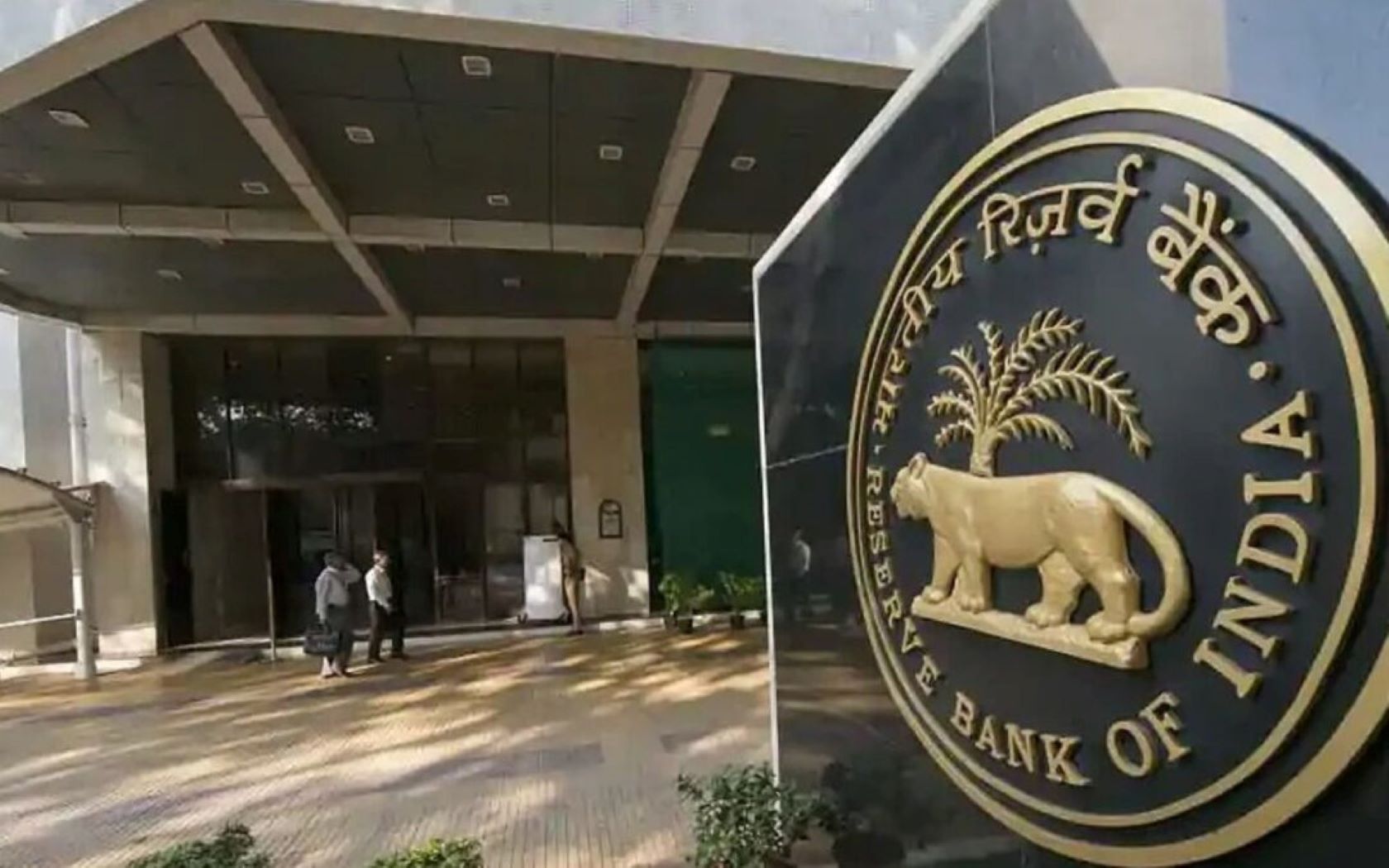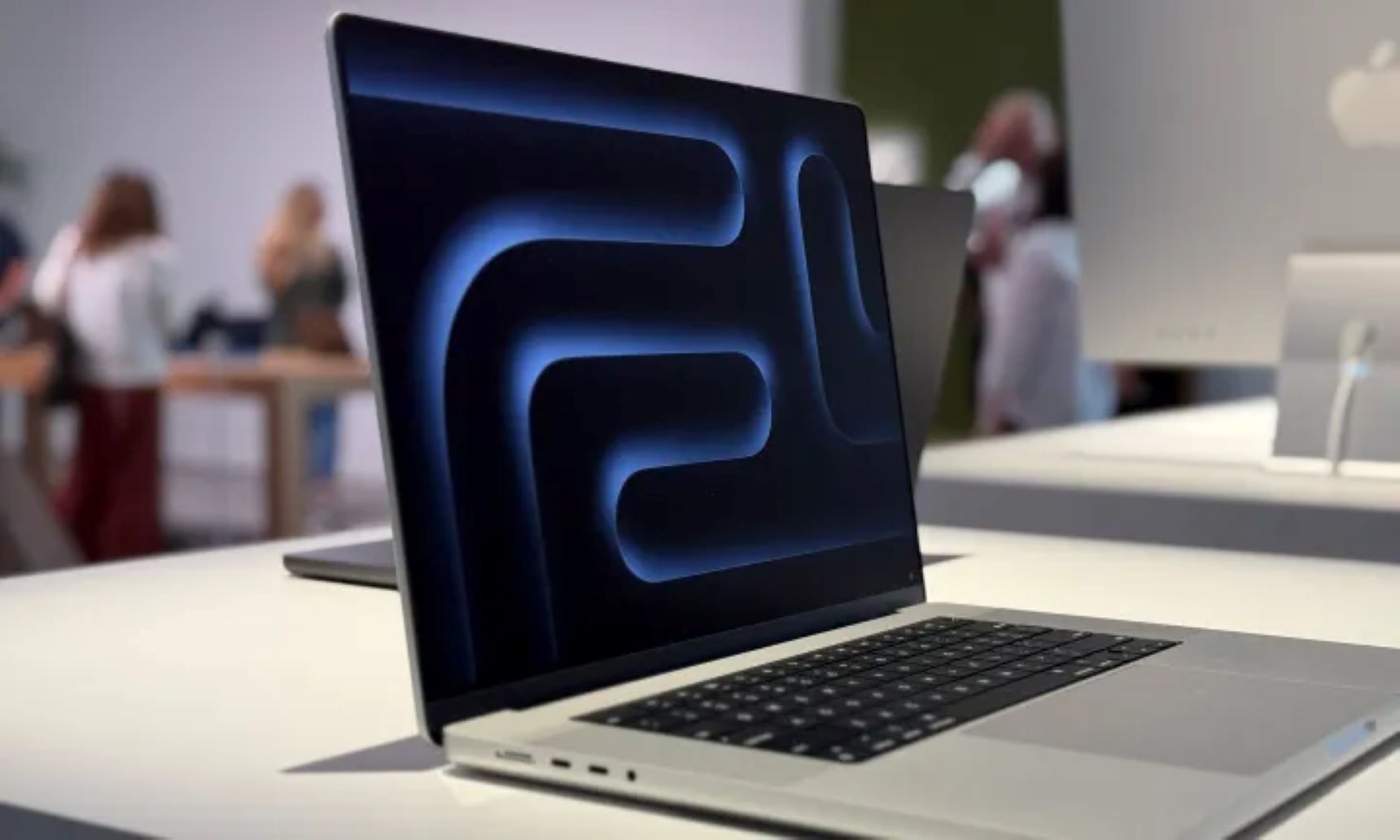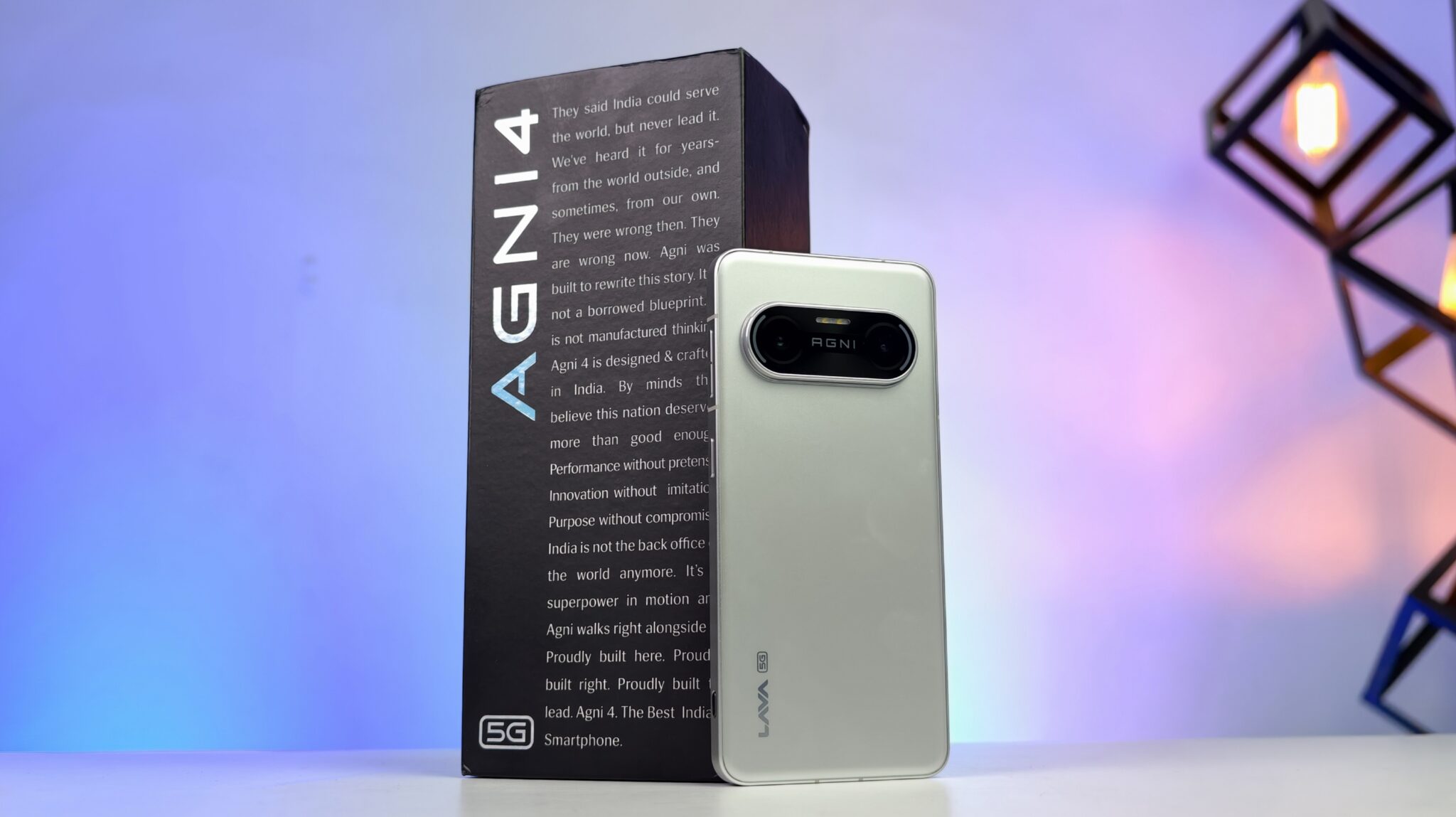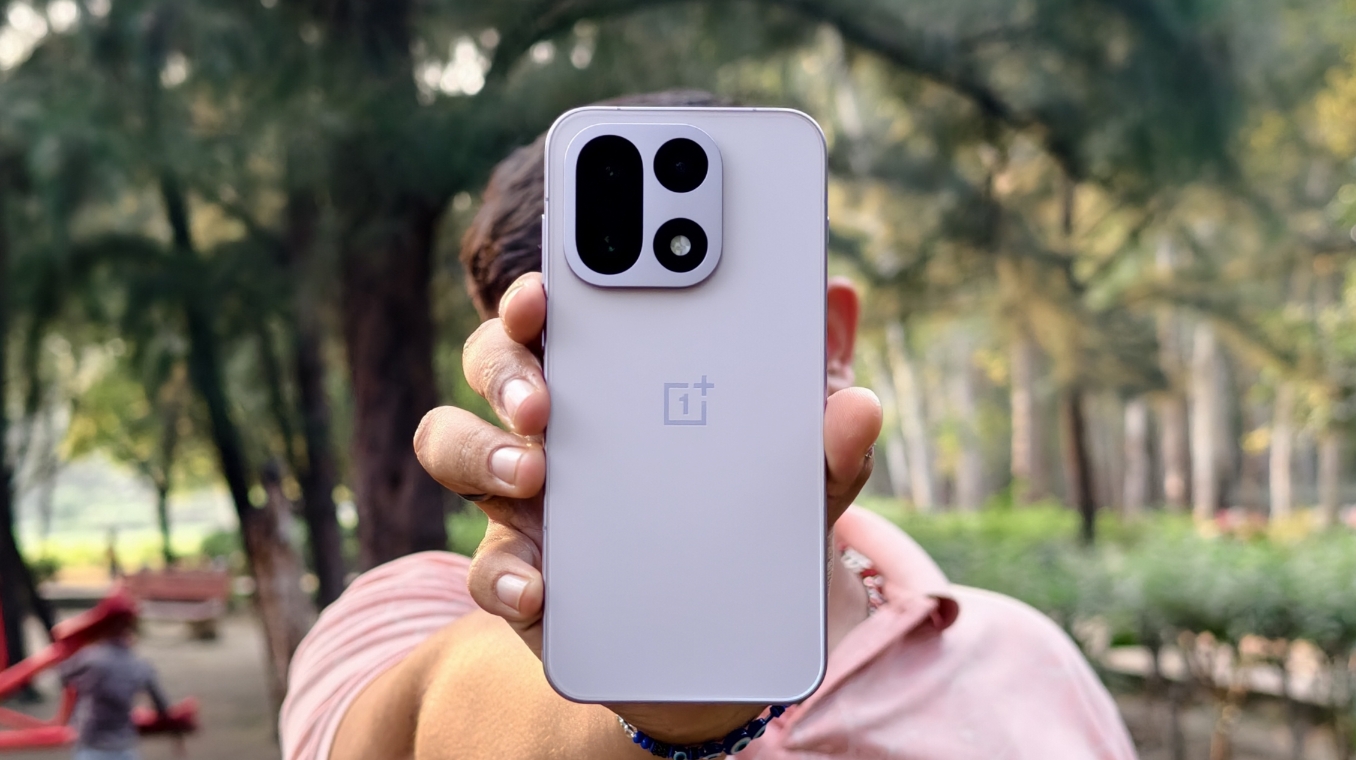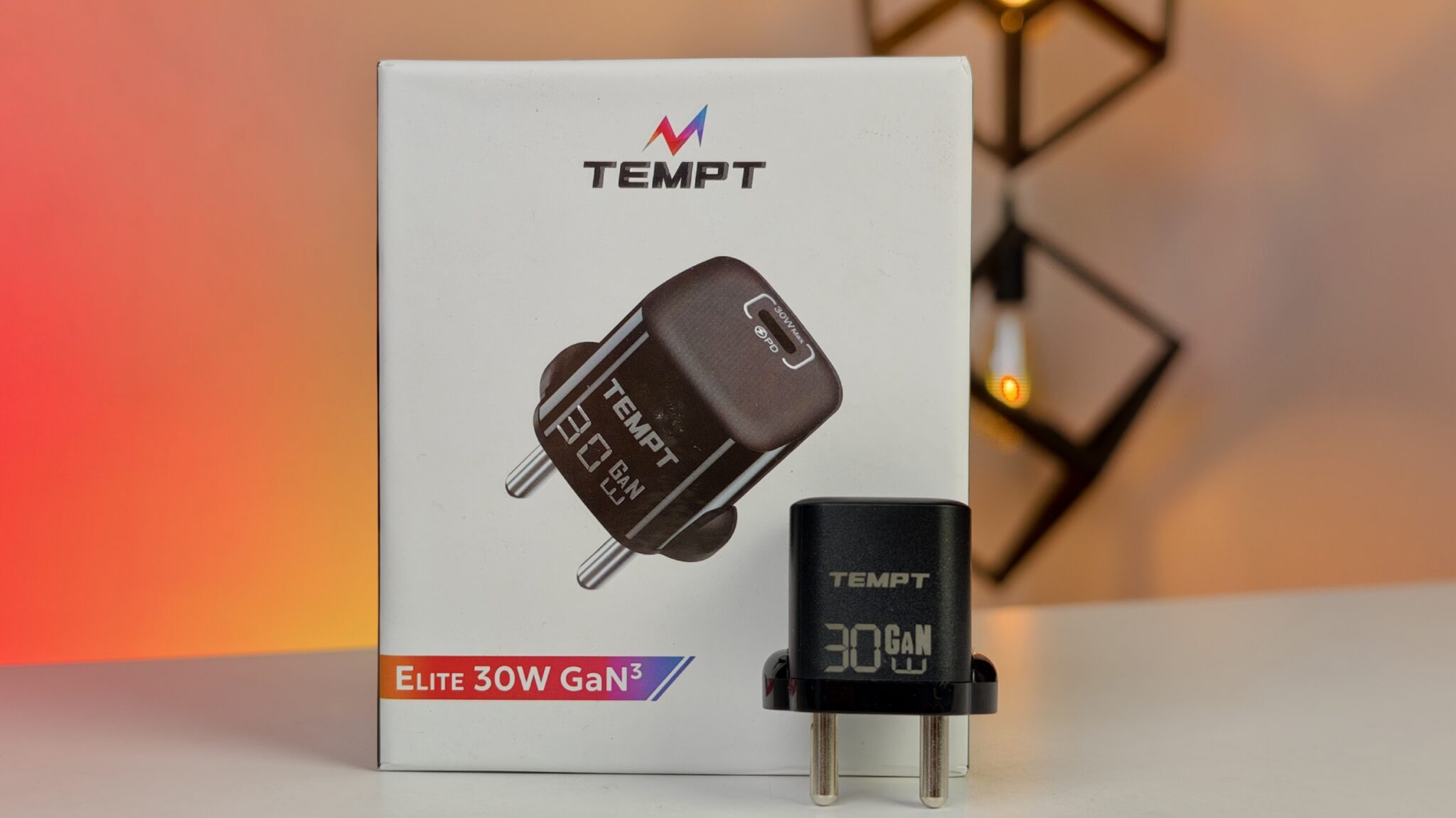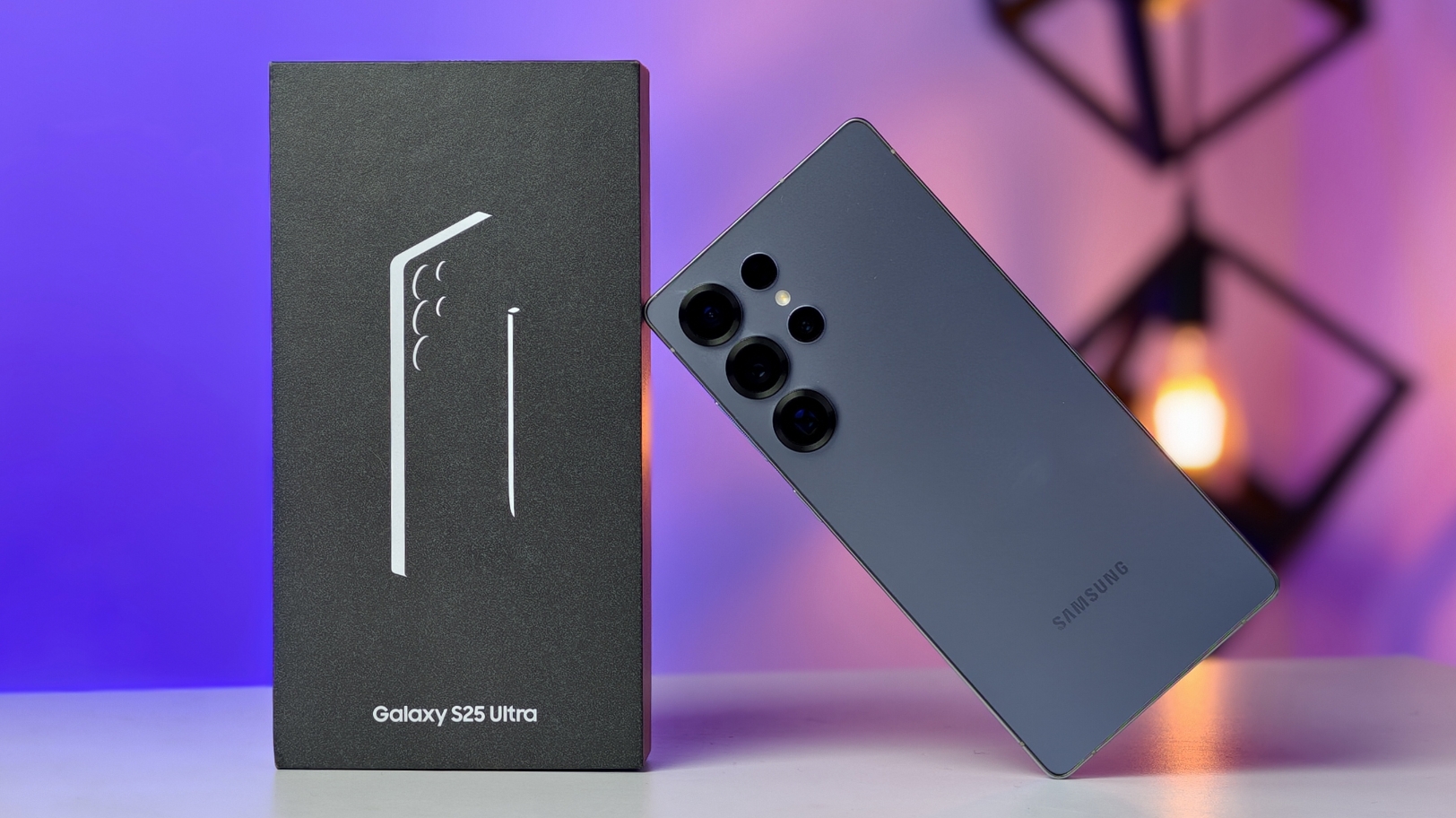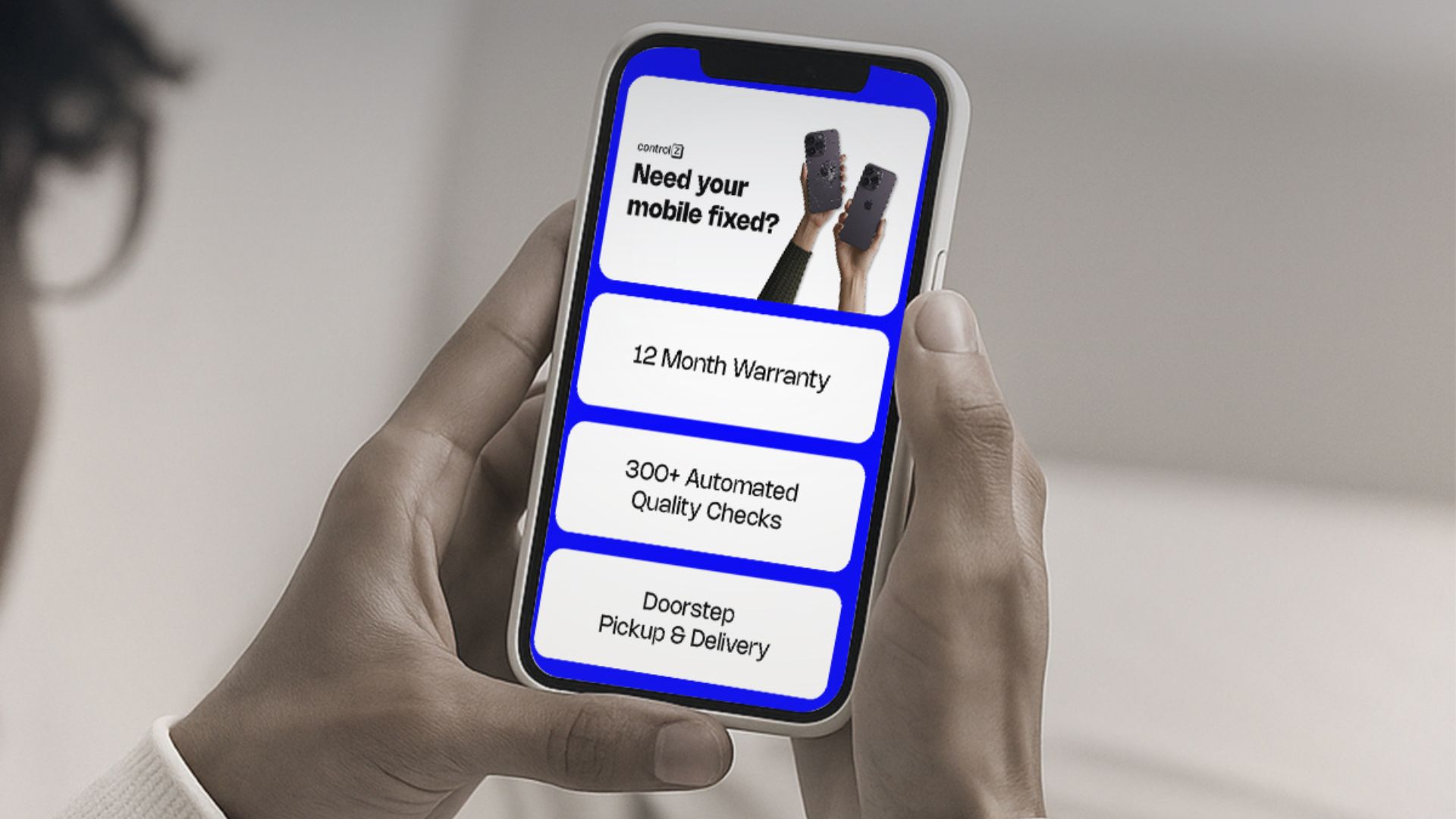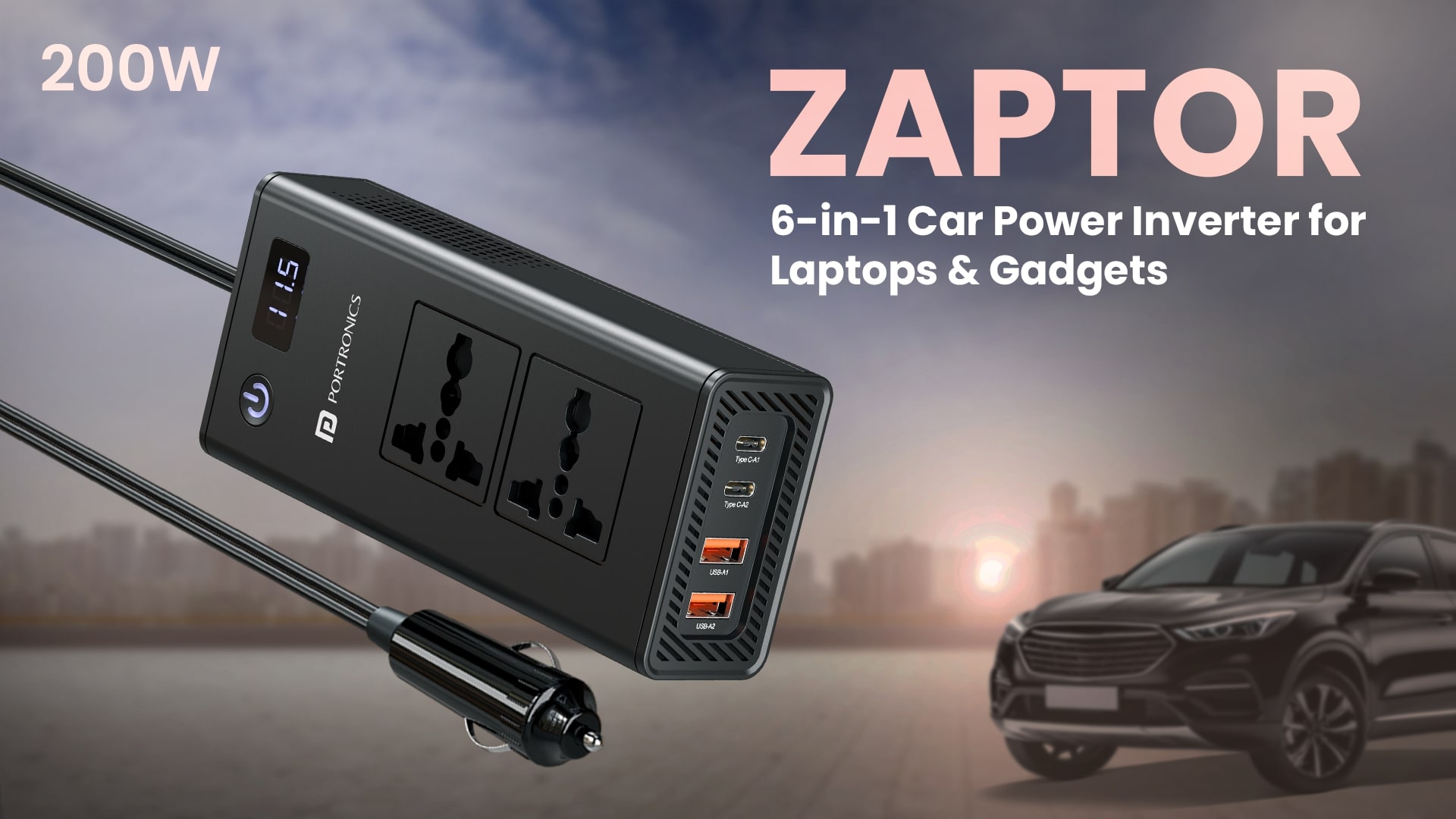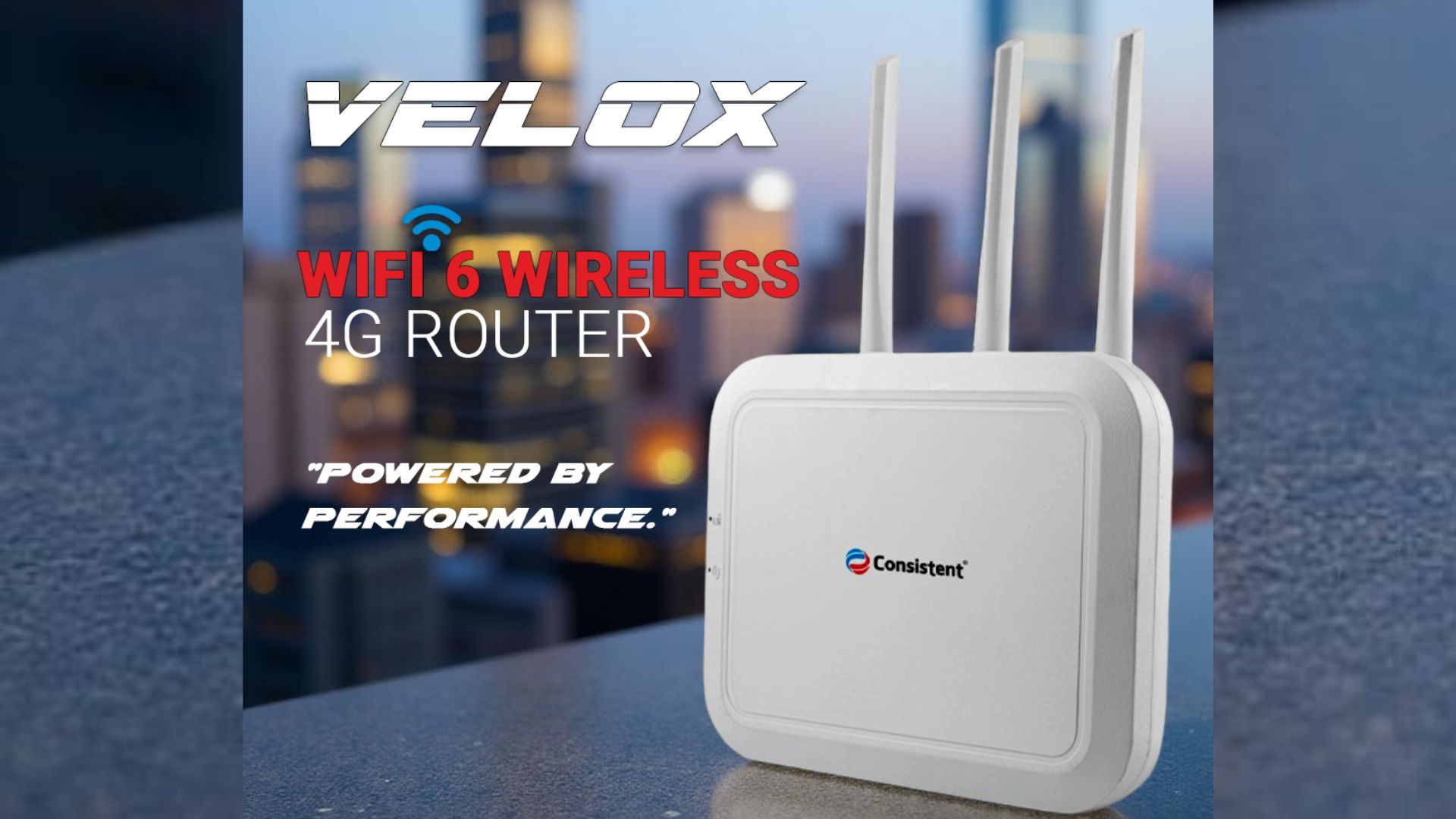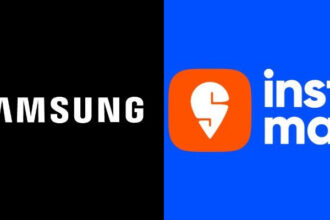The Reserve Bank of India (RBI) has rolled out the offline version of the digital rupee (e₹-R), marking a major leap toward making digital payments accessible to everyone, including those in regions with limited or no internet connectivity. This new feature allows people to send and receive money digitally, even without a mobile network, essentially giving digital payments the same convenience as cash.
Key Takeaways
- The RBI has introduced an offline feature for the retail digital rupee (e₹-R).
- Users can make Person-to-Person (P2P) and Person-to-Merchant (P2M) payments instantly without an internet connection.
- Transactions use proximity-based technologies like Near Field Communication (NFC) or minimal telecom signals.
- Around 15 banks, including SBI, ICICI Bank, and HDFC Bank, are offering secure digital rupee wallets.
- The feature enables a dependable, cash-like digital payment experience in network-poor regions.
Announced at the Global Fintech Fest 2025 in Mumbai, this development positions India among the few nations in the world to operationalize an offline Central Bank Digital Currency (CBDC). The digital rupee is a virtual representation of India’s official currency, issued directly by the RBI. It holds the same legal status and public trust as paper money. The key objective behind this initiative is to advance financial inclusion, especially in remote or rural areas where digital access remains inconsistent.
How the Offline Digital Rupee Works
Unlike the Unified Payments Interface (UPI), which depends on an active internet connection to process every transaction through bank servers, the digital rupee behaves more like digital cash. Users store e₹ in a digital wallet on their phones, similar to keeping cash in a physical wallet.
There are two main methods for offline payments:
- NFC-based Tap Payments:
This is a fully offline method. Users with NFC-enabled devices can complete a transaction by simply tapping their devices together. The amount is transferred directly from one wallet to another, finalizing the payment instantly without any need for internet or mobile network access. - Telecom-Assisted Offline Payments:
This method relies on minimal telecom signals to complete a transaction, making it useful in areas where network connectivity is weak but not completely unavailable.
Since these payments are processed directly between digital wallets, they are instantaneous and final, much like handing over physical cash. This approach provides a critical fallback option during internet outages or in areas lacking robust digital infrastructure. It also helps address one of the biggest limitations of current digital payment systems that rely entirely on online connectivity.
Beyond Offline Capability: Programmable Digital Cash
The RBI’s vision for the digital rupee extends beyond offline payments. The e₹ also includes programmability features that allow funds to be earmarked for specific purposes, time-limited usage, or restricted merchant categories.
This functionality is already being tested in several government welfare programs. For example, Gujarat’s G-SAFAL scheme uses programmable CBDC to ensure livelihood assistance funds are spent only on approved agricultural inputs. Similarly, Andhra Pradesh’s DEEPAM 2.0 program uses programmable e₹ for LPG subsidy distribution. These targeted uses help improve transparency, minimize misuse, and ensure that welfare benefits reach their intended recipients.
The digital rupee is available in the same denominations as paper notes and coins. Users can hold up to ₹1 lakh in their digital wallets and carry out daily transactions of up to ₹50,000. Participating banks offer e₹ wallets through their respective mobile apps, available for download on both Android and iOS platforms.
By introducing the offline digital rupee, the RBI isn’t aiming to replace popular payment systems like UPI but to complement them. The e₹ adds a sovereign-backed, low-risk digital option to India’s payment ecosystem. In many ways, this step strengthens India’s position as a global frontrunner in digital currency innovation while deepening the nation’s Digital Public Infrastructure (DPI).
It’s a thoughtful step forward, perhaps one that hints at a future where digital and physical currencies coexist more seamlessly than ever before.
Frequently Asked Questions (FAQs)
Q. What is the digital rupee (e₹)?
A. The digital rupee (e₹) is India’s Central Bank Digital Currency (CBDC). It is a digital form of the Indian Rupee issued and regulated directly by the Reserve Bank of India (RBI). It has the same value and trust as physical cash.
Q. How is the digital rupee different from UPI?
A. The digital rupee is essentially digital cash, a direct liability of the RBI, and is stored in a digital wallet. UPI, on the other hand, is a payment system that transfers money between bank accounts and requires a constant internet connection for every transaction. The e₹ can work even when there is no internet.
Q. Do I need a bank account to use the digital rupee?
A. While the digital rupee is distributed through participating banks, its design allows for greater flexibility. For specific purposes like government subsidies, special-purpose e₹ can be issued directly to a digital wallet, which may not require the user to have a traditional bank account, thereby assisting financial inclusion.
Q. Which banks offer the digital rupee wallet?
A. Around 15 major banks are part of the retail CBDC pilot and provide the digital rupee wallets. These include prominent banks such as State Bank of India (SBI), ICICI Bank, HDFC Bank, Axis Bank, and Kotak Mahindra Bank.
Q. How does the e₹ offline feature manage security?
A. Offline transactions are secured using proximity-based technologies like Near Field Communication (NFC). This ensures that the transfer of digital value from one secure wallet to another is final and verified locally, providing a high level of security even without an active internet connection. The final ledger updates happen when the device regains network connectivity.


